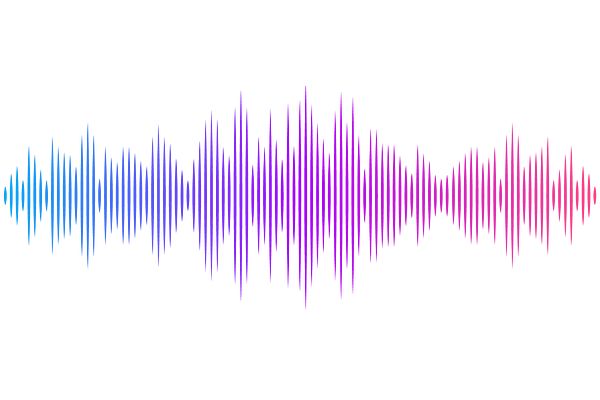Early Post Asymptotic Giant Branch Instability: Does it Affect White Dwarf Hydrogen Envelope Mass?

Early Post Asymptotic Giant Branch Instability: Does it Affect White Dwarf Hydrogen Envelope Mass?
James MacDonald
AbstractAlthough most white dwarf stars have hydrogen-dominated atmospheres, a significant fraction have atmospheres in which hydrogen is spectroscopically absent, with the fraction of hydrogen-free atmospheres varying with effective temperature. Estimates of the total mass of hydrogen, $M_H$, in the stellar envelope from either asteroseismology or spectral evolution are at odds with predicted values from theoretical stellar evolution modeling. Recent work has found that models in the early post AGB phase of evolution can exhibit thermally and dynamical unstable behavior. Here we investigate whether this Early Post AGB Instability (EPAGBI) can help resolve the conflict in $M_H$ values determined from white dwarf spectral evolution, analysis of DAV pulsations and canonical stellar evolution modeling, by evolving solar composition models of mass $1$ and $2 M_\odot$ through the AGB phases and to the white dwarf cooling track. The $M_H$ values at the end of the calculations are in the range consistent with asteroseismological determinations. However, we caution that, because hydrodynamic behavior is not included in our modeling, it is possible that all hydrogen would be removed. Thus, it is unclear whether the occurrence of the EPAGBI resolves the discrepancy between predictions of stellar evolution modeling and the asteroseismological hydrogen envelope mass determinations. The major impact of EPAGBIs is that they cause loops in the HRD. For models of AGB-departure mass 0.567 and 0.642 $M_\odot$, it takes approximately 100 and 10 yr for a single HRD loop, respectively. Such loops might be detectable in a long-term monitoring program, or perhaps by their imprint on planetary nebula morphology imparted by the cyclically varying mass loss rate.